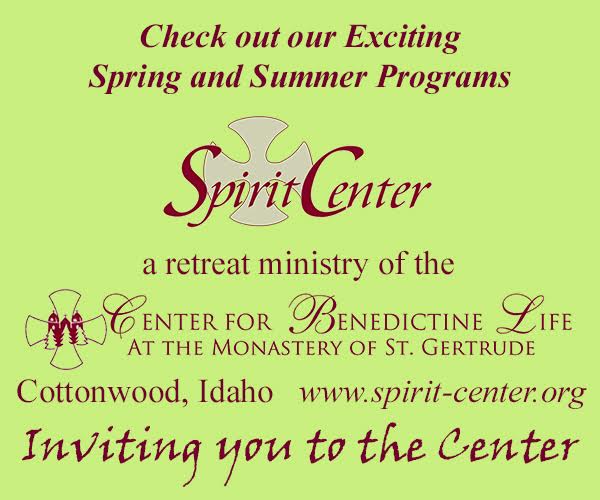Commentary by Walter Hesford | FāVS News
Years ago, when I was about to leave graduate school with a Ph.D. in hand but no job in sight, a roommate gave me a book titled, “The Shape of Winter Trees.” I no longer have the book, nor can I find it online. But when I received it, the book inspired me with hope during an anxious period in my life. And winter trees still encourage me when I take time to contemplate them.
If you Google the title you will find a lot of information about how to identify trees in winter by their shape, with photos to help. I wouldn’t be surprised to learn that there’s an app on the subject, but I’m not smart enough to operate a smart phone, so I’ll never know.
The University of New Hampshire website on winter trees suggests we examine the three “Bs”—branches, bark and buds. For example, you can tell a maple from an oak because the former has opposite branches, the latter alternate ones.
I think identifying the trees around us is important. If nothing else, it’s just common courtesy to know the names of our neighbors. When I taught at the University of Idaho, I asked students to name at least five trees on campus. What I often got was, “Well, there’s big trees, little trees …”
As important as it is to identify trees, this is not why winter trees inspired me back when I was looking for a job, nor is it now as I gaze at them in my retirement.
Their Silent Heroism
The primary inspiring feature of winter trees is their resilience. Look at what they put up with! The cold, the storms — and with no protective cover. How open they are, how vulnerable. If you, like me, are tempted to feel sorry for yourself, consider the silent heroism of trees in winter.
Another inspiring feature is their bare-boned beauty that displays itself in all sizes and shapes — just like us. Some trees branch out early, with large limbs creating lovely bowls filled with smaller branches. Other trees branch out late, creating bouquets topped with even smaller tangling branches.
True, these winter tree bouquets lack the vibrant colors of summer flowers. They mainly come in shades of brown and grey. There are exceptions. Scarlet oaks often retain some rust-red leaves until early spring, and mountain ash have clusters of tiny orange fruit that provide birds with mid-winter treats.
In our yard we are fortunate to have mountain ash, a misplaced river willow, an old gnarly apple tree, a pie cherry tree, black walnut, vine maple and the remnants of a birch. (I’m not dealing here with the evergreens — they’re another story.)
But the tree I wish to especially celebrate for its shape and beauty is an aspen that grows in our neighbor’s yard, on the other side of our backyard fence.
My Neighbor’s Aspen
I love to gaze at this aspen in the mornings as I slouch in a couch with a cup of coffee and a newspaper in my lap. The trunk is off-white, with thin dark stripes and occasional black blotches that naturally come with growth and age, just as our skin blotches as we age. Maybe we old folk can see ourselves as blessed with mature beauty marks, just like the aspen.
About 20 feet up, branches start to strut. They grow both straight and crooked. Some have been broken or twisted by the wind. As they crisscross each other, they form patterns that look like crazy quilts.
At the upper reaches of my neighbor’s aspen, the branches thin out and create even clearer patterns, splendid fractal revelations. In “9 Amazing Fractals Found in Nature,” Shea Gunther points out that fractals — repeated geometric patterns — are ubiquitous in nature. They make it scientifically clear that nature informs itself with beautiful shapes to support ongoing life.
“Tree Branches” is Gunther’s fifth out-of-nine examples of natural fractals. After a photo of a glorious tree, there’s information that the ever-smaller branches are like mini-trees, replicating and expanding the initial design into it the sky. On the aspen I admire the tip top fractals create feathery fans.
Of course the inspiring shapes of the aspen and of other trees are there all year round, but the lack of leaves in winter makes them easier to see. Similarly, we may see the shape of our life more clearly during our winter season.
Maybe it, too, is worth pondering.
The views expressed in this opinion column are those of the author and do not necessarily reflect the views of FāVS News. FāVS News values diverse perspectives and thoughtful analysis on matters of faith and spirituality.






